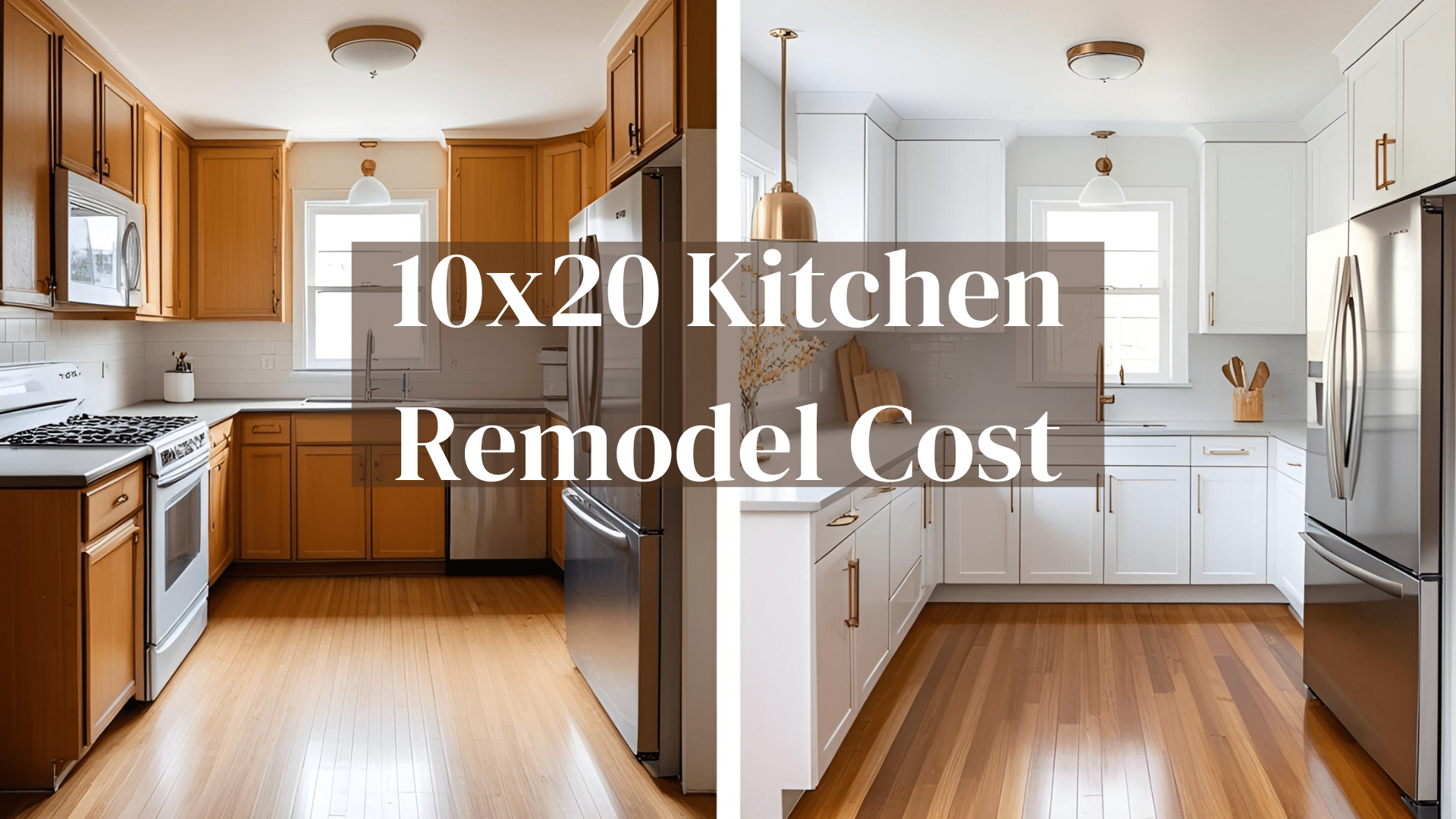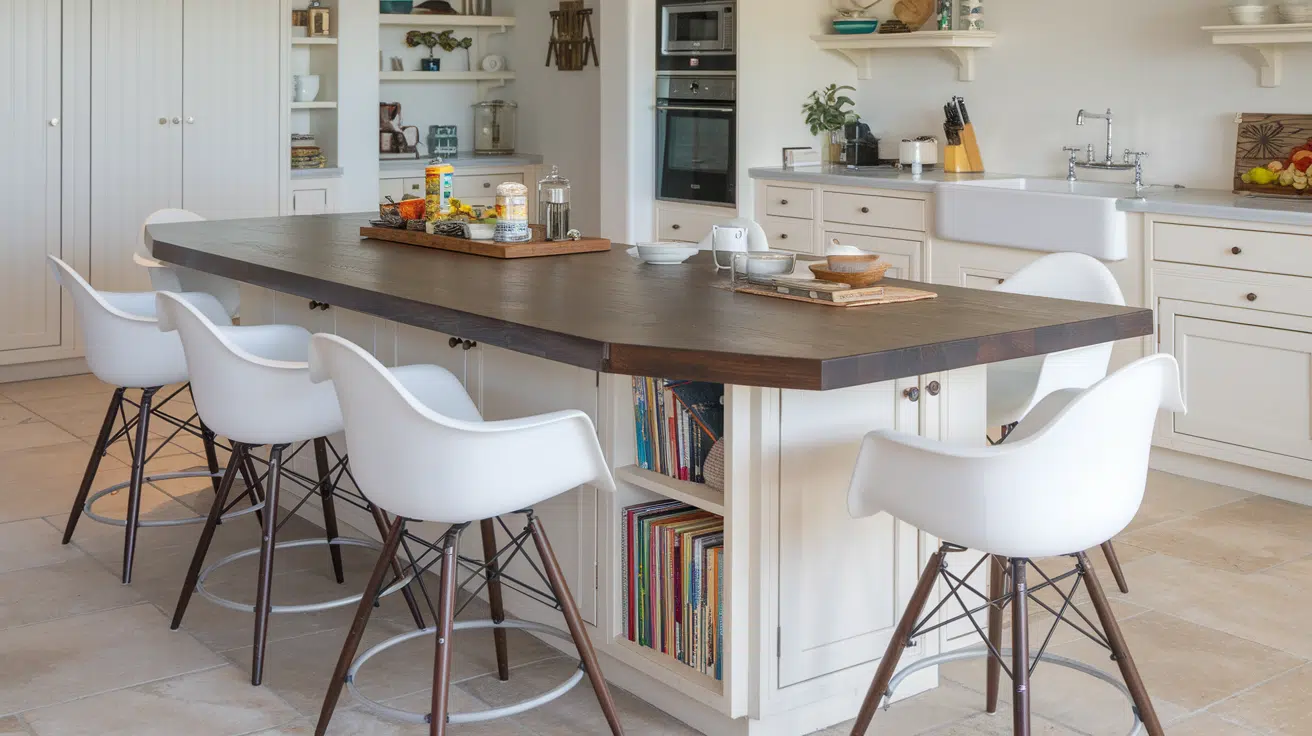Everything You Need For Your Outdoor Kitchen Build
Think about the delicious aroma of sizzling steaks and the fun of cooking outside. A fantastic place for friends and family get-togethers, an outdoor kitchen is a haven for foodies. The concept of outdoor kitchens has recently taken the internet by storm, accumulating 2.8 million annual Google searches.
When designing your outdoor kitchen, consider the expertise of Atlas Outdoor Kitchens Austin to create a functional and stylish space that complements your backyard.
However, designing and constructing an outdoor kitchen requires significant thought and planning. For example, places such as Colorado require kitchen designers in Denver to plan thoroughly for winter weatherproofing and summer fireproofing.
There are many different factors to consider, from choosing the appropriate appliances to creating an effective arrangement. In this thorough guide, we’ll examine every step of creating your outdoor kitchen while providing in-depth explanations and helpful pointers.
Making a Plan for Your Outdoor Kitchen
Identifying Your Space
Examine the space you have in your backyard before starting the building process. To choose the best site for your outdoor kitchen, take into account its size, form, and topography. Consider the distance to the main home, the direction of the winds, and any existing buildings or landscaping elements. The ensuing planning processes will have a strong foundation thanks to this assessment.
Outlining Your Objectives
It’s critical to understand your objectives for the outdoor kitchen. Do you enjoy experimenting with different culinary methods? Do you enjoy grilling or pizza? Decide what your outdoor kitchen’s main use will be and how you want to use it. Your choices for the layout, appliances, and design components will be influenced by this.
Setting Up a Budget
Establish a sensible spending limit for your outdoor kitchen project. Take into account the price of the supplies, equipment, labor, and any extra features or upgrades you want. Setting a budget from the onset will enable you to prioritize your options and guarantee that your ideal outdoor kitchen is still within your means.
Key Equipment for Your Outdoor Kitchen
The appropriate appliances are crucial for constructing a practical and adaptable outdoor kitchen. Here are some essential choices to take into account:
1. Grill: The grill is without a doubt the focal point of any outdoor kitchen. Pick a grill that suits your needs and preferences when it comes to cooking. While charcoal grills deliver that distinctive smokey flavor, gas grills are convenient and quick to heat up. Size, heat output, cooking surface area, and extra features like rotisserie burners or side burners should all be taken into account.
2. Pizza oven or outdoor oven: Consider including an outdoor oven or a pizza oven in your kitchen design if you like to bake or wish to indulge in homemade pizzas. With the help of these tools, you can make a wider range of dishes than you could with a regular grill. Whether you choose a portable outdoor oven or a wood-fired pizza oven, they will significantly improve your outdoor cooking experience.
3. Refrigerator: Add an outside refrigerator to keep your food and drinks cold and your ingredients fresh. Choose versions made especially for outdoor use because they are made to endure the elements. Think about the amount of storage available, the energy efficiency, and any extras like ice makers or shelves that can be adjusted. By removing the need for frequent journeys to the inside kitchen, having a refrigerator in your outdoor kitchen will ensure ease and effective meal preparation.
4. Dishwasher and sink: Any functional kitchen, even one outdoors, must have a sink and dishwasher. You may easily obtain water while cooking and wash veggies and utensils by installing a sink. Even though it’s not necessary, a dishwasher may make cleanup much easier. Choose stainless steel products to ensure correct drainage and plumbing connections and the ability to withstand exposure to water and the outside elements.
5. Storage Alternatives: It’s essential to have lots of storage space to keep your outdoor kitchen functioning and organized. To store utensils, cookware, spices, and other necessities, install cabinets, drawers, and shelves. Take into consideration weather-resistant materials that offer durability and protection from the elements, such as polymer or stainless steel cabinets. Make good use of vertical space and incorporate storage options that can hold goods of different sizes and forms.
Designing Your Outdoor Kitchen
A well-planned outdoor kitchen not only improves practicality but also creates a room that is welcoming and beautiful to look at. Keep the following design factors in mind:
1. Format: Depending on your preferred cooking technique, choose the best arrangement for your outdoor kitchen. The traditional work triangle arrangement of the refrigerator, sink, and grill still holds true outside. This configuration guarantees efficient workflow and reduces pointless mobility. Make sure there is enough room in each area designated for food preparation, cooking, serving, and dining.
2. Resources: For your outdoor kitchen to last and look good, you must choose materials that can weather the elements. Due to its rust resistance and ease of maintenance, stainless steel is a common material for surfaces and appliances. For cabinets and furniture, think about using weather-resistant wood, such as teak or cedar. Choose materials like granite, concrete, or porcelain tiles for countertops and flooring that can withstand exposure to heat, moisture, and fluctuating temperatures.
3. Lighting: Your outdoor kitchen’s performance and aesthetics depend on proper lighting. To create a well-lit and welcoming space, combine task lighting with ambient lighting. To provide clear visibility while cooking, install powerful task lighting above the grill and the areas where food is being prepared. To create a cozy and welcoming ambiance for meetings at night, think about including ambient lighting elements like string lights, lanterns, or even carefully positioned LED bulbs.
4. Entertainment and Seating: An outdoor kitchen serves as a gathering spot for friends and family as well as a location to prepare meals. Include inviting seating options that promote conversation and give visitors room to move around. Maybe even incorporate high end landscaping into your design plans to complement your furniture.
Installing a dining room with a table and chairs or a bar area with stools is something to think about. Consider entertainment options like a sound system, a television that can withstand the elements, or even a projector and screen for outdoor movie nights. The total experience will be improved by these modifications, which will also produce a cozy outdoor living area.
Upkeep and Maintenance
Regular upkeep and care are necessary for your outdoor kitchen to last a long time and operate at its best. Here are some crucial suggestions to keep in mind:
1. Cleaning: Use the proper cleaning products to perform routine cleaning on your surfaces and appliances. To prevent the materials from being harmed, follow the manufacturer’s directions and use non-abrasive cleaning. To prevent accumulation and guarantee hygienic cooking conditions, remove any food particles, grease, or stains right away.
2. Security: When not in use, protect your appliances from harsh weather by purchasing covers or shelters. This will help protect your outdoor kitchen’s beauty and functionality from damage caused by rain, snow, or harsh sunlight. Consider adding pergolas, retractable awnings, or umbrellas as well to provide shade and shield your dining and cooking areas from the sun.
3. Seasonal Checks: Conduct frequent seasonal inspections to spot any problems early and resolve them. Check your appliances, plumbing connections, and outdoor kitchen structure for leaks, rust, or other signs of wear and tear. If necessary, seek the advice of experts to make sure that any repairs or replacements are completed quickly and accurately.
4. Winterization: It’s critical to get your outdoor kitchen ready for the colder months if you live somewhere with severe winters. By draining water lines, cutting hoses, and removing any portable equipment or accessories that can be harmed by freezing conditions, you can winterize your outdoor kitchen. Your outdoor kitchen’s lifespan will be increased, and it will be protected with proper winterization.
Final Thoughts
A gratifying project that can turn your backyard into a gourmet haven is building an outdoor kitchen. You can construct a practical and aesthetically appealing outdoor kitchen that improves your outdoor living experience by carefully planning your area, choosing the correct appliances, developing an effective layout, and giving upkeep priority.







